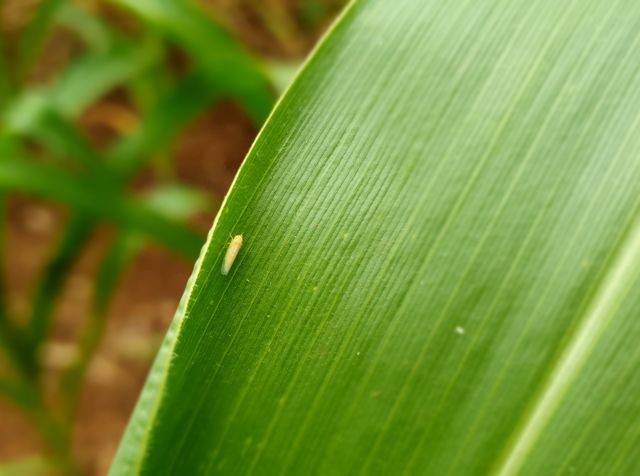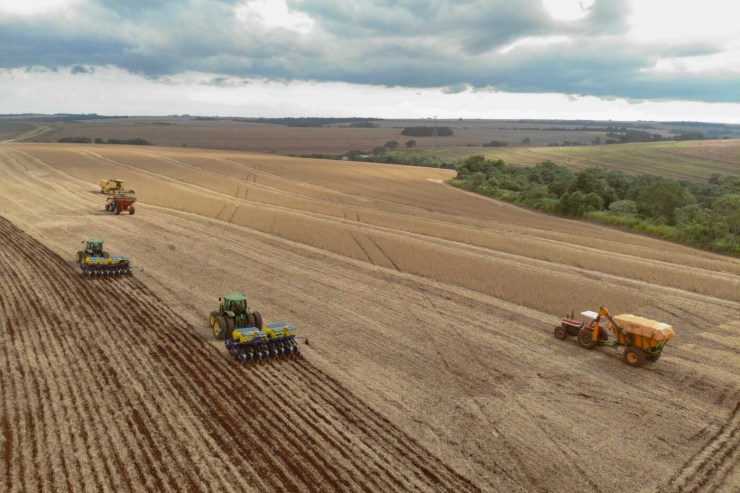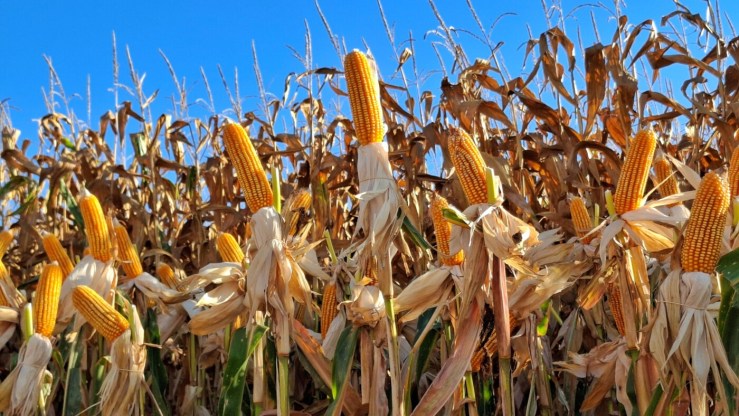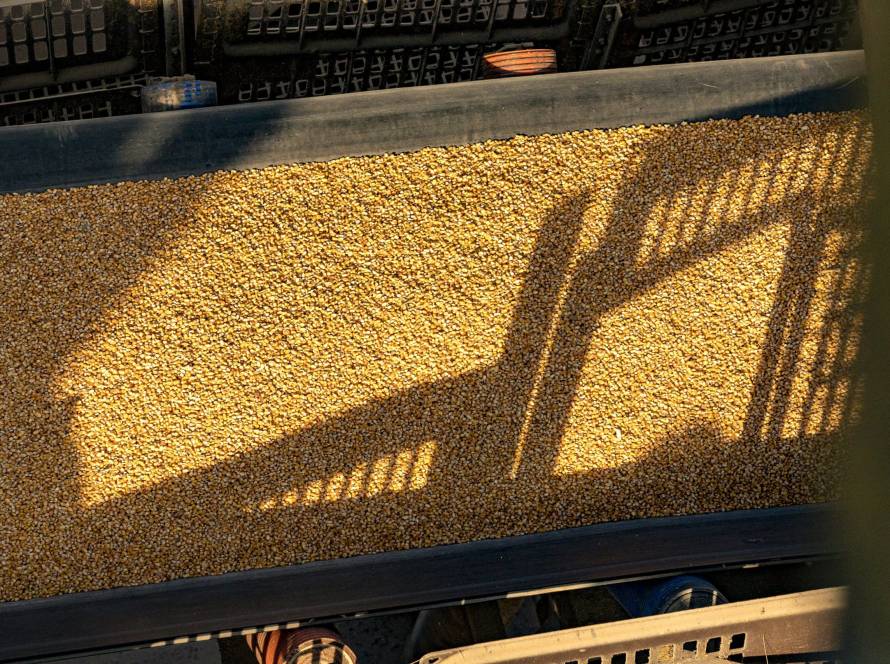Corn producers in the first harvest in Paraná may have the best productivity in history, with the harvest of more than 10.4 thousand kilos per hectare. To help the good performance of this crop, the second harvest is progressing in planting and also promises to be one of the best ever harvested in the state.

This is one of the information brought by , released last Thursday (27) by the Department of Rural Economy (Deral), of the State Secretariat of Agriculture and Supply of Paraná (Seab).
The 10.4 thousand kilos per hectare, if confirmed, will surpass the record of 10.2 thousand kilos achieved in the 2022/23 harvest. With this, production could surpass the volume of 2.5 million tons of the previous cycle by 11%, reaching 2.8 million tons, even occupying an area 9% smaller, from 294.4 thousand hectares it dropped to 267.5 thousand.
“This productivity is beneficial, even if the first harvest is small,” said Edmar Gervásio, crop analyst at Deral. Historically, the first harvest has been losing ground, especially for soybean planting. “But for those who bet on it, it will be very good, they will reap good productivity.”
Planting of the second crop is progressing, favored by weather conditions, and has already covered approximately 65% of the projected 2.6 million hectares. If this situation continues, in the next 15 days it should exceed 90%. The estimated production today is 15.9 million tons.
“It will be the largest production if this expectation is confirmed,” added Gervásio. The main risk to the crop is possible moderate to strong frosts in the early period. The crops were planted respecting the correct zoning and anticipating this natural phenomenon in periods when it normally occurs.
Soy
The progress of the soybean harvest, which reached 50% of the area of 5.77 million hectares, has led Deral to revise the estimate downwards each month. The projection is now 21.2 million tons, 4.7% lower than the 22.3 million initially estimated.

Photo: Gilson Abreu
However, the southern region, where the harvest is expected to increase from now on, has not suffered as much from climate change and may show higher productivity than in the previous period. “If this occurs, it could partially offset the reductions in other regions of the state, where the drought was more severe,” pondered Deral analyst Edmar Gervásio. “A good harvest is still expected if we think in terms of supply and trade.”
So far, the greatest losses have been observed in the Campo Mourão region, in the Center-West of the state, with 376 thousand tons less than expected. The West region comes next with the loss of 317 thousand tons. The latest field assessment shows that, in general, 80% of what remains is in good development, 17% in average condition and only 3% in poor condition.
Olericulture
Potato and onion harvests have already ended in the state, with production growth in both. The first potato crop yielded 584.2 thousand tons, 48% above the 393.7 thousand tons of the previous period. “The quality of the harvested product is good,” reported agricultural engineer Paulo Andrade.
The second harvest has already reached 66% of the 10.9 thousand hectares planted. For now, the forecast of producing 342.6 thousand tons is maintained, since 94% of the crops are classified as good and the rest, in average conditions.

Photo: Gilson Abreu
Onions produced 127.7 thousand tons, 44% more than the 88.7 thousand tons in 2023/24. “The Guarapuava region greatly improved quality, harvesting more than 50 tons per hectare, and contributed greatly to the good production,” said Andrade.
The first crop of tomatoes has been planted and 79% of the 2.5 thousand hectares have already been harvested. The current forecast is to harvest 168.5 thousand tons. The second crop has 67% of the 1.7 thousand hectares planted and 11% harvested. The estimated production is 120.2 thousand tons.
However, tomatoes from both harvests have suffered from an outbreak of viral infection, probably transmitted by the insect vector Bemisia tabaci, known as whitefly. In some regions of the state, almost 100% of production has been compromised. Technicians from several institutes, including the Paraná Agricultural Defense Agency (Adapar), have been carrying out inspections to analyze the problem and provide guidance to producers.
Other cultures
The Northwest region of Paraná has reduced some plantings, such as second-crop corn, to invest in crops other than soybeans. Cassava is one of those that has increased, with 8% more than the 138.6 thousand hectares of the previous year. The 150 thousand hectares expected to be harvested should now yield 4.2 million tons (12% more than the 3.7 million in 2024).

Photo: Gilson Abreu
“It is a crop that adapts better to hot periods,” explained agronomist Carlos Hugo Godinho. “In addition to the increase in area, the expected productivity is higher, even with all this heat; the plants are reacting very well.”
Tobacco production grew in the south of the state, where some regions lost some of their grain area. It went from 73 thousand hectares to 81 thousand hectares (11% more). The activity is carried out primarily by small farmers who have little productive space. They are expected to harvest a record 199.8 thousand tons.
Bulletin
THE The report for the week of February 21 to 27 was also released this Thursday by Deral. In addition to commenting on the harvest estimates for some crops, it provides information on the development of lettuce in the state and the production of succulent vegetables. In the animal protein sector, it talks about the increase in the price of tilapia meat, popular cuts of beef and eggs. Chicken meat, in turn, saw a drop in price, while pig farming celebrates the reduction in production costs. Check it out here the





